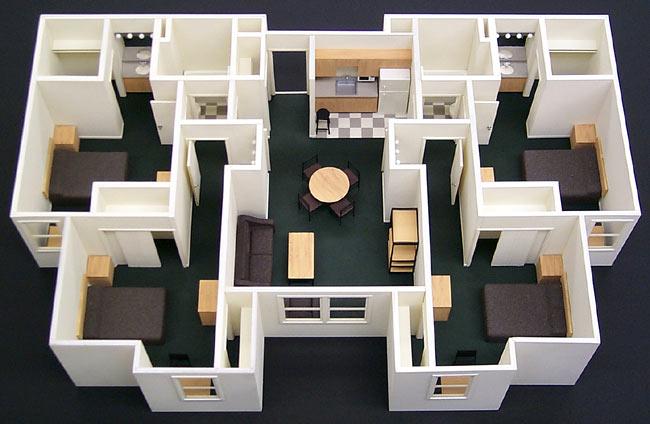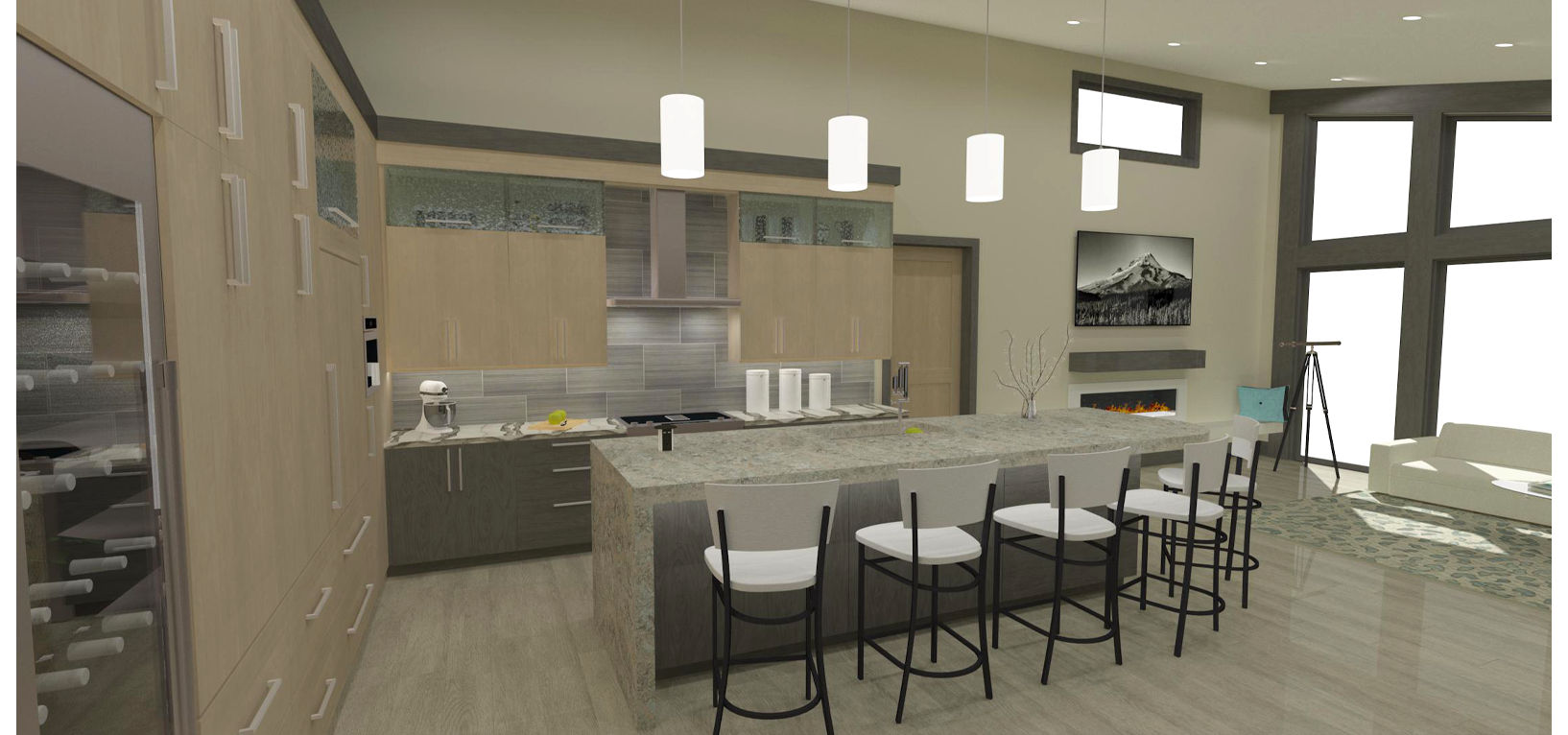Stylish Countryside Homes Interior Design for Rural Retreats
Wiki Article
Making Best Use Of Aesthetic Appeal: The Harmony Between Interior Design and Home Engineer Strategies
Recognizing the subtle interplay in between interior decoration and home architecture can substantially elevate the aesthetic appeal of a living space. This marital relationship of layout self-controls entails a thoughtful assimilation of building elements with interior designs, and a skillful application of principles such as rhythm, balance, and contrast. As we discover this synergy, we will certainly uncover methods to develop visually striking and functional atmospheres that not just mirror individual design, but likewise adjust to the vibrant requirements of modern-day living.Understanding the Fundamentals: Specifying Interior Design and Home Style
Interior decoration and home architecture, usually intertwined, represent the visual and architectural elements of our home. Interior Design is a multifaceted self-control that entails developing functional, risk-free, and aesthetically pleasing areas inside a structure. It consists of components such as furnishings setup, color coordination, and accessory choice. On the other hand, home design primarily focuses on the solid structure of a structure. It includes developing a useful and aesthetically pleasing framework that stands the test of time. It encompasses elements such as area sustainability, preparation, and construction. Both fields require a deep understanding of human habits, culture, and psychology. Each plays an important function in shaping our living environments, adding to our total convenience, efficiency, and health and wellbeing.The Harmony Discussed: Just How Interior Decoration and Home Style Intersect
Comprehending the harmony between interior decoration and home style can unlock a globe of creativity and capability. When reviewing this junction, the influence of style on insides is an essential aspect to take into consideration. This conversation will concentrate on the unifying design principles that mix these two fields into a harmonious wholeUnifying Design Concepts
While it may appear that interior style and home architecture are two distinct disciplines, they are in fact deeply interconnected, creating a harmony that is necessary for developing unified home. Unifying style principles are the columns that promote this synergy. The principles include balance, rhythm, emphasis, harmony, and contrast. These components integrate to supply a cohesive aesthetic allure. Balance creates a sense of security, rhythm supplies a sense of activity, harmony makes certain unity, comparison stimulates interest, and focus accentuates vital components. The calculated application of these principles makes it possible for a seamless mix of visual appeals and function, improving the overall experience of the room. Essentially, these concepts work as the bridge, joining interior layout and building practices.Architectural Impact on Interiors
The intertwining of interior decoration and style becomes also extra evident when one thinks about the building impact on interiors. Building elements are innate to an area's capability and visual appeals, forming the layout from the onset. Columns, stairs, beam of lights or arches, for circumstances, offer both decorative and structural purposes. They can divide spaces, produce prime focus or imbue a space with a certain vibe. Consideration of light, proportion, and structure additionally come from architectural impacts. Ultimately, architecture mold and mildews the canvas upon which indoor developers work. Their harmony is therefore undeniable: design establishes the framework, which indoor design improves with style, appearance, and color. This symbiotic relationship makes certain an unified balance between feature and charm, optimizing the visual charm of any room.Key Concepts in Harmonizing Interior Design and Home Style
Striking a balance in between functionality and appearance is an essential element of integrating indoor style and home style. An equally essential concept is the integration of sustainable layout to create environment-friendly and energy-efficient homes. Finally, understanding and discovering various architectural designs can additionally play an important function in accomplishing an unified layout.
Balancing Performance and Aesthetic Appeal
Balancing capability and looks in interior design and home design becomes among the vital principles to take into consideration. This delicate stability requires a thorough blend of usefulness and charm, intending to produce rooms that are not only aesthetically pleasing however additionally serve their desired function successfully. Aesthetic appeal uplifts the state of mind and impacts the assumption of space, whereas capability guarantees use and comfort. Secret to this balance is a thoughtful selection of aspects such as illumination, texture, and color, which need to enhance each other while serving their specific duties. Equally crucial is the reliable arrangement of the area, with a tactical layout contributing dramatically to the synergy in between capability and aesthetics. This harmonious blend inevitably enhances the lifestyle for the passengers.Lasting Layout Assimilation
In keeping the balance between capability and appearances, one should also take into consideration the assimilation of sustainable layout principles. This technique not just improves the aesthetic charm of an area however likewise guarantees its longevity and minimized environmental influence. The key lies in choosing materials that are environmentally friendly, durable, and appealing. This includes natural, recycled, or low-impact products that add to a much healthier and a lot more sustainable world. Designers and designers can additionally integrate energy-efficient systems, such as solar panels or energy-saving home appliances. Furthermore, making certain great indoor air quality via sufficient natural lights and air flow is essential. Therefore, a harmonious combination of indoor design and home style, led by sustainability, can develop spaces that are beautiful, functional, and environmentally pleasant.Discovering Building Designs
While there are a huge selection of building designs to check out, it is important to understand that each one brings its special concepts that can substantially influence the harmonization of interior decoration and home style. These designs, varying from the luxuriant Baroque to the minimal Modernist, carry unique approaches and appearances that, when effectively recognized and made use of, can develop homes that are not only aesthetically sensational however likewise sympathetically incorporated in terms of layout and style. Picking a building design is not simply about personal visual choice; it is regarding selecting a design language that talks to the home owner's way of living, viewpoint, and goals, creating a home that is a real representation of its locals.Case Researches: Exceptional Instances of Design and Architecture Synergy
Diving into some exceptional situation researches offers an extensive understanding of just how design and architecture can sympathetically combine to create useful and compelling rooms. Wright's style masterfully incorporates the residence with its bordering landscape, while the interior mirrors the exterior's organic forms. These examples show the relevance of synergy between interior style and style in achieving useful and visual success.Practical Tips: Enhancing Your Home's Visual Appeal
Attracting motivation from the study of building and layout synergy, home owners too can execute some functional strategies to enhance their home's aesthetic allure. An unified mix of shades, appearances, and illumination can improve an area, creating a cozy and welcoming ambience. Deciding for furniture that complements the building elements of the residence can cultivate a feeling of unity. Wall art and decor pieces can include personality, mirroring individual design and taste. Incorporating plant, either via interior plants or sights to the outdoors, can bring a component of nature, supplying a check here relaxing result. Creative usage of mirrors can open up an area, giving an illusion of a bigger location. Eventually, the visual charm exists in balancing performance with style, creating a home that is both stunning and livable.
Future Trends: How Modern Techniques Are Altering Interior Design and Style
As the globe advances, so do the fads in indoor layout and design. Modern methods are significantly concentrating on sustainability, including eco-friendly materials and energy-efficient layouts. Modern technology plays a crucial duty, with clever homes coming to be the norm, incorporating AI and IoT for improved performance. Additionally, minimalism remains to gain traction, stressing simpleness, performance, and clutter-free spaces. This is frequently coupled with biophilic design, drawing inspiration from nature and advertising health and wellbeing. The pandemic has accelerated the demand for versatile, multi-purpose rooms, obscuring the lines between work and home. These patterns reflect a change in the direction of designs that are not just aesthetically pleasing, yet likewise environmentally aware, technically progressed, and adaptable to changing way of livings.read more
Conclusion
Finally, the assimilation of indoor style and home style strategies is a vibrant method to boosting aesthetic charm. By leveraging vital principles like contrast, balance, and rhythm, and integrating elements of modern living, designers can develop versatile, aesthetically pleasing atmospheres. With recognizing this synergy, house owners can make informed decisions that not just elevate their home yet also add to their total health.Understanding the refined interaction in between interior design and home design can dramatically boost website the visual appeal of a living area.Interior style and home style, frequently linked, stand for the aesthetic and structural aspects of our living spaces.While it may seem that interior style and home design are 2 distinctive techniques, they are in fact deeply interconnected, forming a synergy that is necessary for developing unified living rooms.The intertwining of indoor layout and architecture ends up being even extra noticeable when one considers the building impact on insides. An unified blend of indoor style and home design, directed by sustainability, can produce areas that are attractive, useful, and eco friendly.
Report this wiki page